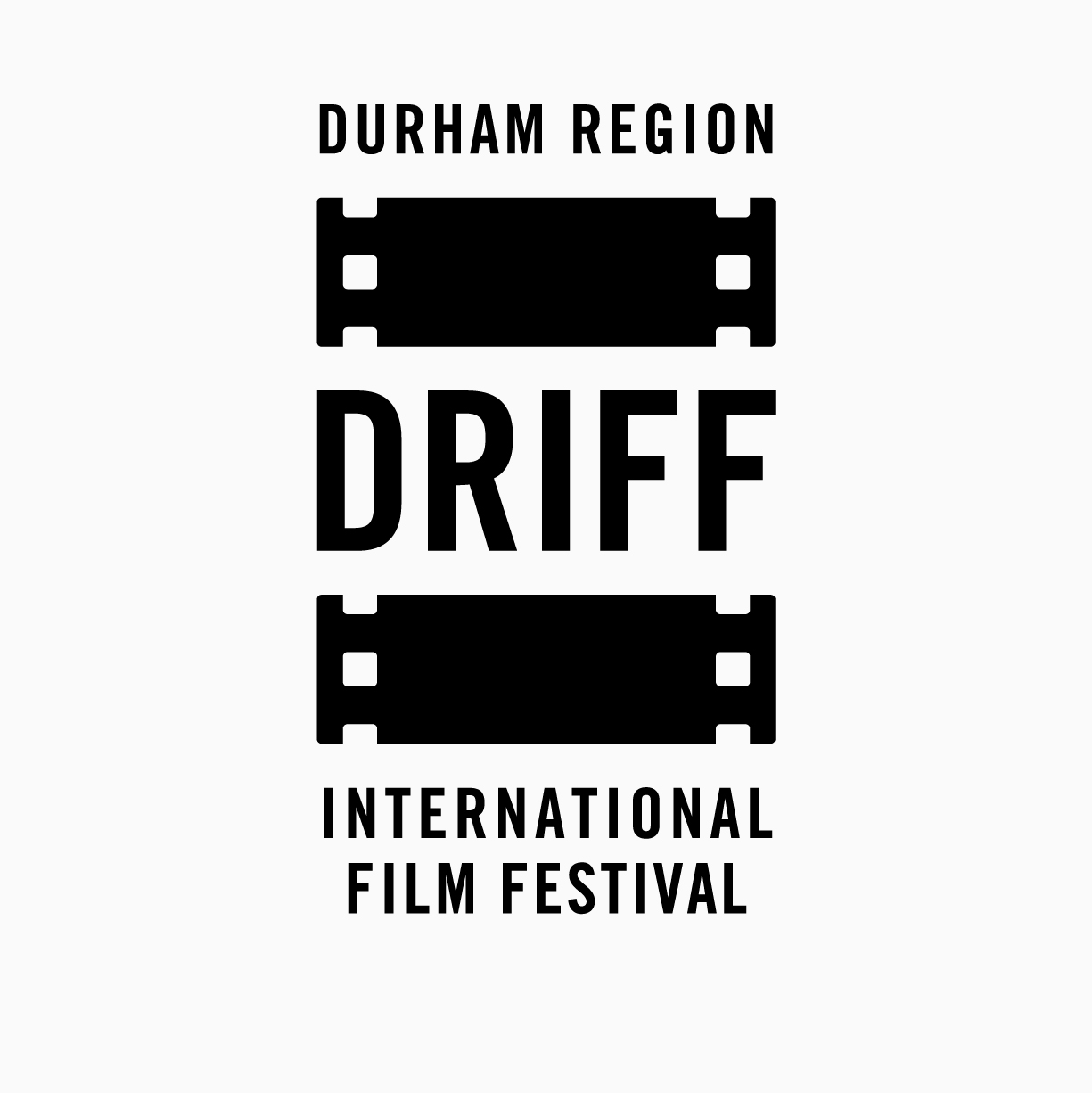While a “single-take” film may be a regular occurrence today— it was once revolutionary. Connor Walsh walks us through the film Rope (1948) to help aspiring filmmakers see how Hitchcock got around the limitations of the time.
Read MoreThe term Dutch angle surprisingly does not originate from the Netherlands, as it was developed in Germany with the term coming from the German word Deutsch. Through use the term was abbreviated to Dutch. German films would draw their signature look from the fine arts seeking to mimic German expressionist artworks.
Read MoreYou may notice in certain films and photographs that there is a soft focus that fully separates subject from the background. This is an intentional technique called bokeh. This effect originates from Japan and consists of small orbs and distortions in the image when the background is out of focus. This effect is intentional and serves as a way to make the photo’s subject in the foreground evident. Learn more about bokeh and how to create this effect.
Read MoreYou may have noticed that there is a difference between some of the images you see on film versus those you capture with cameras, especially with a DSLR. These differences occur due to various types of lenses available. Standard DSLR lenses are circular while anamorphic lenses are a square image that gets stretched into a rectangle. Getting a lens in the anamorphic format is expensive as they are made particularly to be used in the film industry, which operate through rental houses. However, there are ways you can emulate this effect without breaking the bank. Learn how in Lesson 4 of DRIFF DIY Film School!
Read MoreEvery film and television production today utilizes colour correction to create mood, emotion and aesthetic that fits their production. Colour correction helps communicate the tone and feeling of a production to its audience. With modern technology, there is an opportunity for people to make movies on their phones now as digital filmmaking has made editing tools accessible to everyone. As a result, this skillset has become very important and a vital tool to make the film project stand out.
Read MoreThe human dolly is a DIY riff on the dolly shot, a popular tracking shot where filmmakers use a cart to add dynamic movement and atmospheric meaning to their scenes. Since we don’t all have wheeled carts lying around for us to prop our cameras on, we’re going to use our own bodies to create a similar effect.
Read MoreOne of the biggest challenges you’ll learn to overcome as a new filmmaker is how to transition between scenes. Today, we’ll show you a simple trick to transition from one shot to another, using what’s called a whip cut.
Read More






